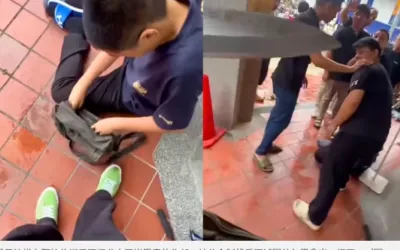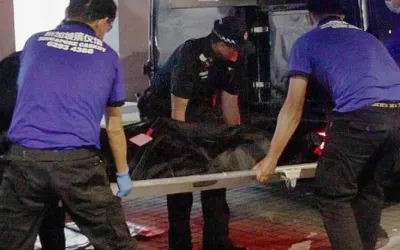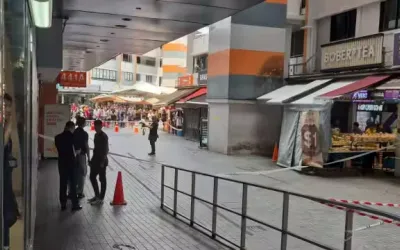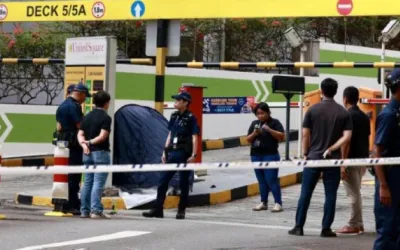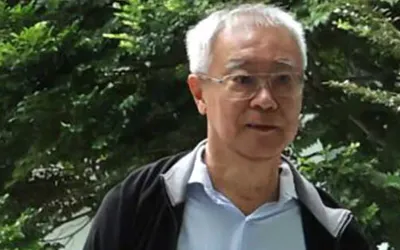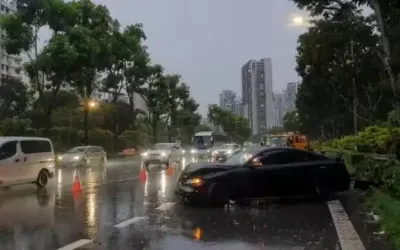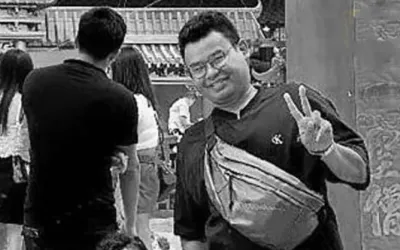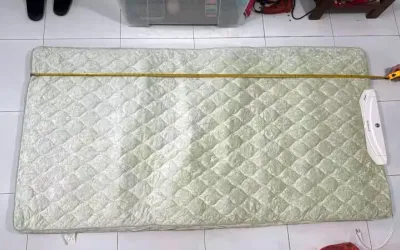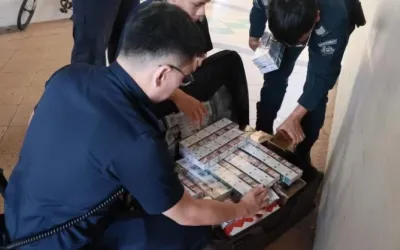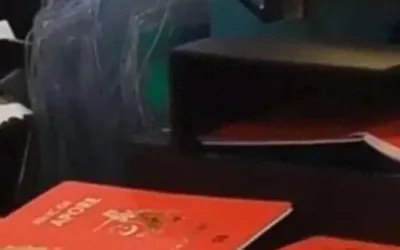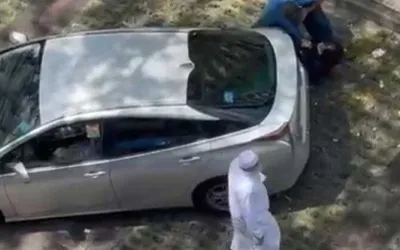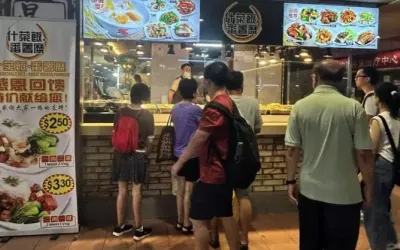2024年7月2日,新加坡內政部長尚穆根在國會書面答覆盛港集選區議員林志蔚副教授集有關在住宅區建造民防公共防空洞的考慮因素。
以下內容為新加坡眼根據國會英文資料翻譯整理:
林志蔚副教授(盛港集選區議員)向內政部長提問:
(a) 決定在特定住宅區內建造民防公共防空洞的考慮因素是什麼?
(b) 在非成熟住宅區(如盛港和榜鵝)中缺少這類防空洞,是否因為組屋單位有內置防空洞?
(c)建屋局是否認為此類防空洞的安全性可與公共防空洞相當?
尚穆根(內政部長)先生:在戰爭時期,居民幾乎沒有時間尋求保護。相對而言,留在家中比在戶外試圖進入公共防空洞更安全。因此,自1998年以來,我們要求所有住宅開發項目的每個家庭單元都必須設有防空洞,或者在每層樓或建築物樓梯內設有公共防空洞。
公共避難所,如地鐵站、學校和社區中心的地下防空洞,目前主要供在室外進行基本活動的人員使用,如分發口糧和物資。
所有民防防空洞,無論是住宅還是公共防空洞,都是按照新加坡民防部隊規定的技術規格設計的,可提供防爆炸和防碎片的保護。
我們認為住宅防空洞是最有效的保護方法,並將繼續將其作為戰爭時期公眾的主要避難手段。

以下是英文質詢內容:
Assoc Prof Jamus Jerome Lim asked the Minister for Home Affairs (a) what are the considerations behind the decision to construct a civil defence public shelter within a given housing estate; (b) whether the scarcity of such shelters in non-mature estates, such as Sengkang and Punggol, are due to the in-built shelters in HDB units; and (c) whether HDB considers such shelters as comparable in safety to the public shelters.
Mr K Shanmugam: In times of war, residents have little time to seek protection. It is relatively safer to remain at home than being out in the open trying to reach a public shelter. Therefore, since 1998, we have required all residential developments to have either a shelter in every household unit, or a common shelter on each storey or within the staircase of a building.
Public shelters, such as at underground Mass Rapid Transit (MRT) stations, schools and community centres, are now mainly for those conducting essential activities outside, such as distributing food rations and supplies.
All civil defence shelters, whether residential or public, are designed in accordance with the technical specifications set by the Singapore Civil Defence Force and provide protection against blast and fragmentation effects.
We have assessed residential shelters to be the most effective protection approach and will continue to adopt them as the primary means of shelter for the public during times of war.
HQ丨編輯
HQ丨編審
新加坡國會丨來源
